wildmanyeah
Crew Member
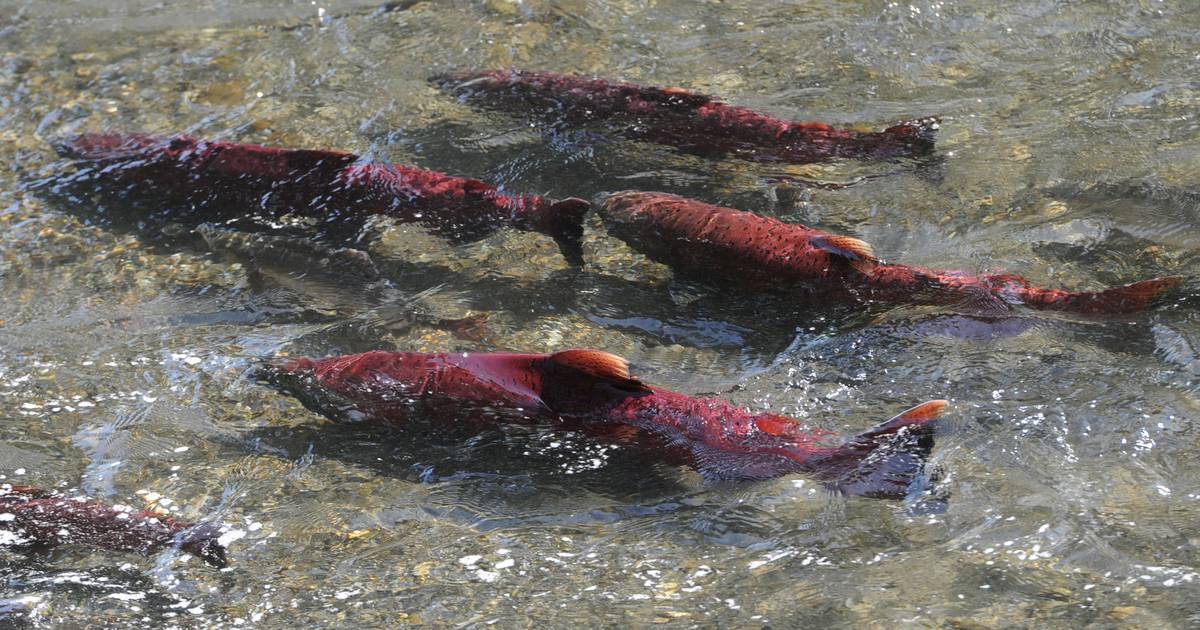
Trawler bycatch debate heats up after Alaska records dismal 2021 chinook salmon returns
The North Pacific Fishery Management Council is debating changes in its meeting this month.

It's about time this came to a head......I wonder how many steelhead they catch?
Sockeye gill net fisheries chinook by-catch? Lots. In Bristol Bay, both species enter the rivers at the same time. Buyers buy both from the boats. Everything was fine whern there were lots. Those days are over
I’m sure there is data quantifying the incidental catch of chinook in AK sockeye fisheries per different fishing areas but it’s a bit different animal then the pollock trawler bycatch of chinook.
Bristol Bay as you probably know is the largest sockeye gill net fishery in ALaska. Chinook by-catch in that fishery would be on chinook specifically returning to Bristol Bay natal streams (Nushugak, Naknek, Egegik etc) . They also allow chinook targeted gill net fisheries (with different size mesh), typically a bit earlier in the season then when the sockeye show up, though they overlap as mentioned. All these fisheries are more or less near the entrance to specific rivers so ADFG can keep tabs on escapement of both sockeye and chinook—-it’s a fairly well managed fishery
but the pollock trawlers are operating all over the Bering SEa and Gulf —-their chinook bycatch could be from many different areas and biologists would be hard-pressed to determine which systems spawned those fish short of DNA analysis etc
If you’re interested in specific bycatch numbers from various sockeye GN fisheries, those numbers are available but not sure they could be correlated to say, incidental catch of chinook spawned in rivers in British Columbia
I’m guessing the worst Canadian chinook bycatch is in the AK troll fisheries in Southeast Alaska—-Sitka, Wrangell, Juneau etc
AK isn't the only place where there is a significant problem with Chinook by-catch in trawl fisheries. Canada (as in BC) has trawl fisheries taking place every season in waters that are closed to recreational chinook retention to protect stocks of concern...all the while, these trawl fisheries are encountering Chinook by-catch. The SFAB asked for more open reporting of bycatch, and also requested bio-sampling to conduct genetic stock composition (GSI). For the 2020 season forward, all Chinook caught are to be retained and landed for inspection, with 20% being tested for GSI to help determine if stocks of concern are encountered (surely they will be). These are not clean fisheries, and are taking place while other sectors are adjusting fisheries to avoid or reduce impacts to stocks of concern. Hopefully more catch accounting will lead to understanding where./when this is taking place. From some data I have seen it is significant, so it only makes sense we get a better understanding of this fishery impact and figure out how to avoid them.
From the data I have seen thus far you are correct. SoG data was showing thousands. I haven't yet reviewed WCVI, but expect it will be the same based on what a few folks out there have told me.I worked as a fishery observer for NOAA for 6 years. Most of that observer time was on Japanese longliners in the Bering Sea and a few Korean pollock trawlers. My first year as an observer was on Russian hake trawlers off the coast of Oregon. I saw numerous instances of chinook bycatch in that fishery. I’m guessing the Canadian hake trawler fishery in the Strait of Georgia is the worst offender of chinook by-catch ....and probably not as much of a guessing game to determine the natal stream of those fish as it is for chinook by-catch in Bering Sea pollock fisheries...
It would seem to me there is an opportunity to mount a campaign, including FN's and NGO's to address the by catch occurring in these fisheries.From the data I have seen thus far you are correct. SoG data was showing thousands. I haven't yet reviewed WCVI, but expect it will be the same based on what a few folks out there have told me.
Put in perspective from 2009 - 2019 the landed Chinook in BC trawl fisheries was 117,102 kilograms and the discarded Chinook was 88,426 kg. Put another way that is 452,161 pounds over a 10 year period, or 45,216 pounds per year. Doing some quick math, applying an average size of 5 pounds per fish (likely high average to use considering many will be yearling chinook), that translates to 9,043 Chinook per year. This is no small problem taking into account much of these catches takes place in locations and times where special management measures are applied to the Public fishery to protect Chinook stocks of concern.
Hopefully going forward, the effort to conduct GSI sampling to resolve stock composition on bycatch will help us better understand where/when these trawl fisheries encounter these stocks and to what degree these removals represent contribution to the overall Exploitation Rate of stocks of concern.
I think the ball is rolling in that direction, well sort of. The SFAB did raise this issue a little over 2 years ago now, which prompted fairly swift action from Groundfish Management Unit to amend the fishery condition of licence requiring no dumping by-catch, and GSI sampling of 20%. That is step 1 - understanding the scope of the problem. Step 2 is then identifying potential management options to address the problem. Some folks did reach out to one of the NGO's on this topic. Not a lot of uptake other than agreement this is a problem to be investigated. Can't speak for them or FN's but my sense is we are all in the same boat in stage 1 determining the actual scope of the issues and then pondering what next. This isn't a new issue, as DFO has been aware in past and actually did at one time have more on the grounds personnel who directed the fleet to avoid by-catch hotspots from what I have been advised. As in other fisheries, more cut-backs in field staff led to the problem being basically ignored. To be fair, we were also in times of much higher Chinook abundance and no one was overly worried about by-catch. As we know, the mess we all find ourselves in today is vastly different for some Chinook stocks, particularly Stream-type.It would seem to me there is an opportunity to mount a campaign, including FN's and NGO's to address the by catch occurring in these fisheries.

 skeenastrong.com
skeenastrong.com
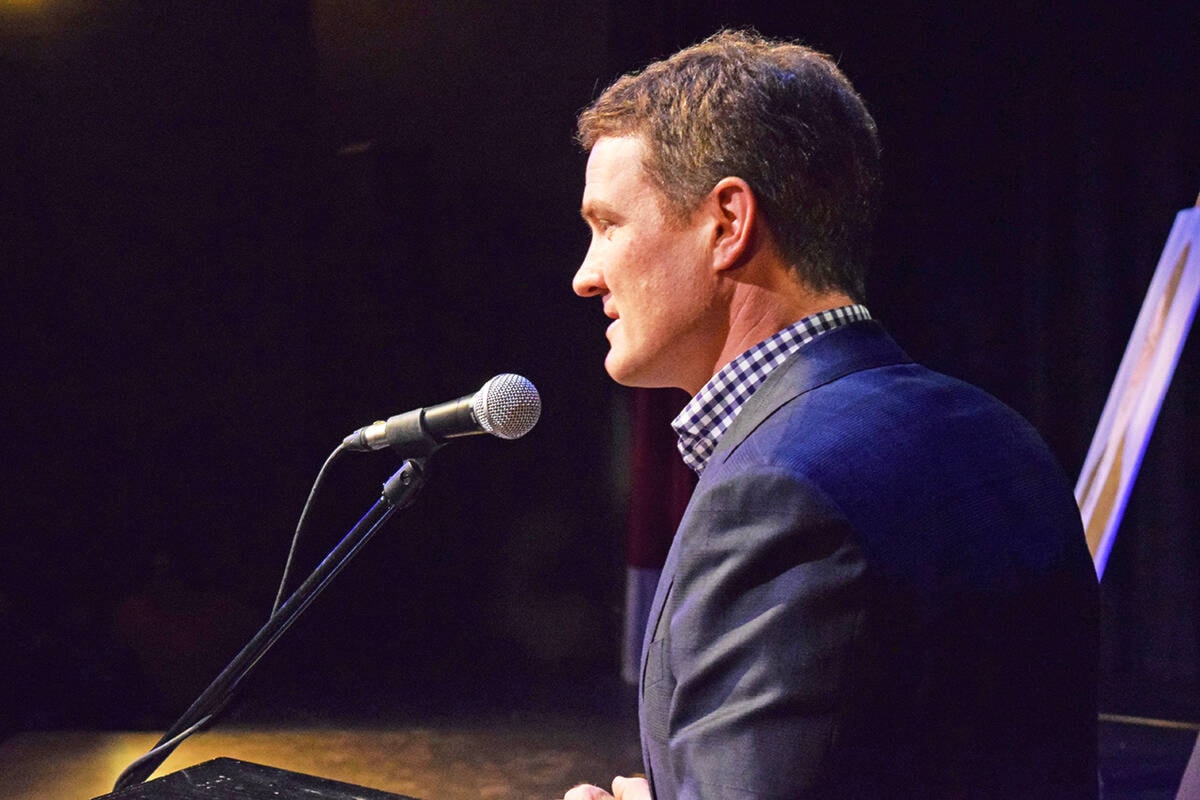
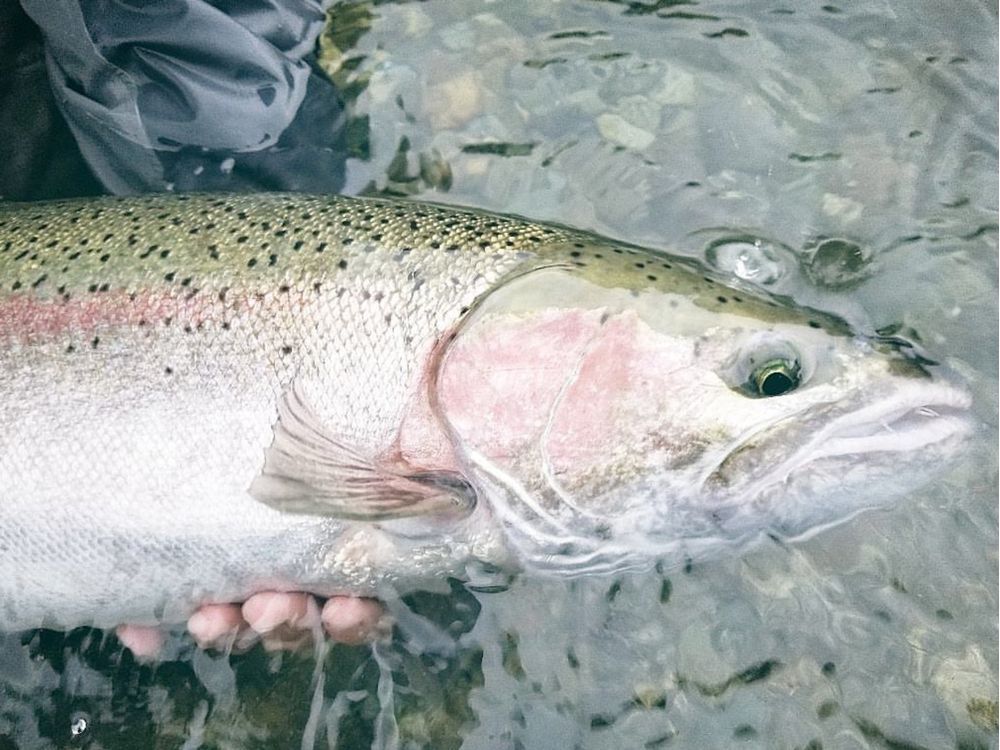
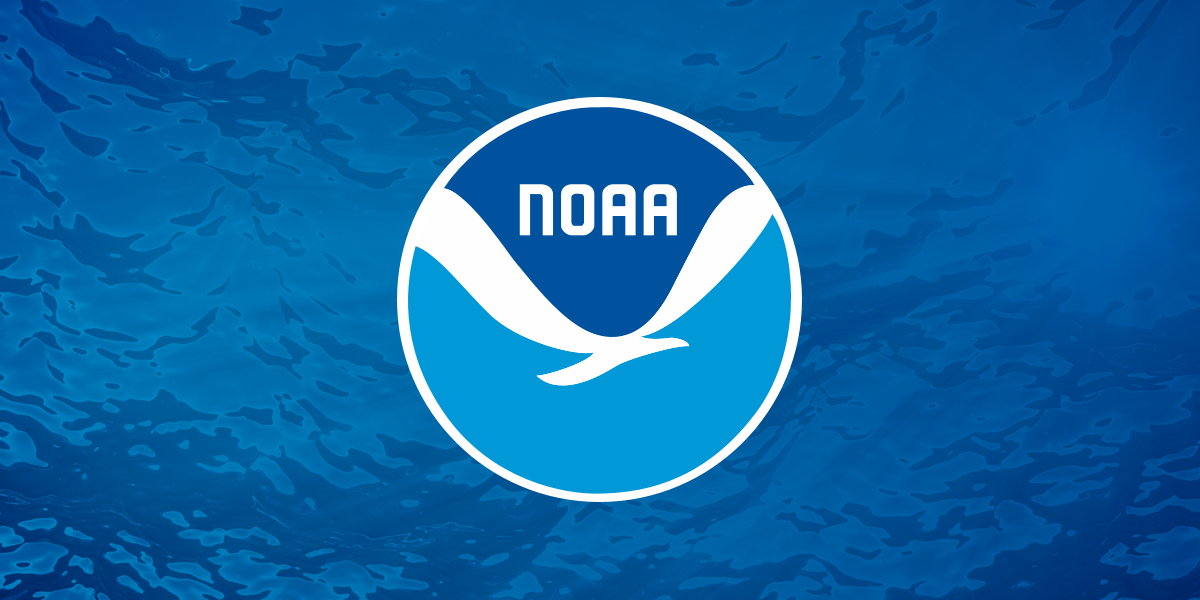
Thanks for drawing attention to this issue. I think it's informative for all of us and we need to pressure our MP's and MLA's to take more action on it!THIS WEEK IN TRAWL BYCATCH
Alaskan bycatch report for week ending in 11/6/21
Bering Sea/Aleutian Islands(BSAI) Prohibited Species(PSC):
Weekly BSAI Chinook: 104 fish
Annual BSAI Chinook: 15,355
Weekly BSAI Non-Chinook(99% Chum): 0 fish
Annual BSAI Non-Chinook(99% Chum): 535,282 fish
Weekly BSAI Halibut: 66,138 lbs
Annual BSAI Halibut: 2,665,389 lbs
Weekly BSAI Herring: 0 lbs
Annual BSAI Herring: 4,140,281 lbs
Weekly BSAI Opilio(Snowcrab): 1,358 crab
Annual BSAI Opilio(Snowcrab): 227,544 crab
Weekly BSAI Bairdi Tanner Crab: 12,445 crab
Annual BSAI Bairdi Tanner Crab: 523,398 crab
Weekly BSAI Red King Crab: 955 crab
Annual BSAI Red King Crab: 16,179 crab
Bering Sea/Aleutian Islands(BSAI) Other Categories(non-PSC species which have exceeded their bycatch quotas for the year)
Weekly overage of Bering Sea Sablefish: 44,092 lbs
Annual overage of Bering Sea Sablefish:2,019,434 lbs
Weekly overage of Aleutian Islands Other Rockfish: 101,412 lbs
Annual overage of Aleutian Islands Other Rockfish: 383,604 lbs
Weekly overage of Aleutian Islands Rougheye Rockfish: 0
Annual overage of Aleutian Islands Rougheye Rockfish: 348,330 lbs
Weekly overage of BSAI Pacific Cod Catcher/Processor AFA: 0 lbs
Annual overage of BSAI Pacific Cod Catcher/Processor AFA: 5,630,607 lbs
Weekly overage of BSAI Shortraker Rockfish: 55,115 lbs
Annual overage of BSAI Shortraker Rockfish: 211,643 lbs
Weekly overage of BSAI Shark: 0 lbs
Annual overage of BSAI Shark: 405,650 lbs
Weekly overage of BSAI Skate: 672,410 lbs
Annual overage of BSAI Skate: 7,559,652 lbs
Gulf of Alaska(GOA) Prohibited Species(PSC):
Weekly GOA Chinook: 786 fish
Annual GOA Chinook: 16,726 fish
Weekly GOA Non-Chinook(99% Chum): 0 fish
Annual GOA Non-Chinook(99% Chum): 3,592 fish
Weekly GOA Halibut: 37,478 lbs
Annual GOA Halibut: 727,525 lbs
NOTES:
- All numbers are bycatch MORTALITY. These are all dead fish. It has already been taken into account that some will survive being caught and released.
- These are OBSERVED bycatch numbers. Unobserved bycatch also occurs but is not tracked or reported. Unobserved bycatch are the fish, plants, and animals which are crushed or disturbed by trawls but which do not make it to the surface to be tallied. In the case of a species like crab, many believe that the unobserved bycatch is even greater than the observed bycatch.
- Trawlers are only required to report "whole crab" as bycatch. If the trawl brings up a cluster of legs, or a carapace, or half of a crab, those pieces can be discarded without being tallied as "crab".
- The factory trawlers in the Bering Sea(the BSAI C/P Fleet) is required to have two government observers on board all the time. However, even with two observers on board, many former crew and observers report that it is not possible or practical for the observer on deck to accurately tally the catch, especially if the crew is working to prevent that from happening(by censoring or controlling what bycatch is allowed to go into the observers sampling basket).
- Fleetwide, the trawl fleet in the Gulf of Alaska is only required to carry a single observer during 15% of their trips. If a vessel is fishing 24 hours per day(or close to it), it is not practical for a single observer to observe all the vessel's catch. In 2020, Gulf of Alaska observers monitored only 11% of the total fleet's catch. Bycatch from the remainder of the catch was SELF-REPORTED by the trawl captains. Many former Gulf of Alaska trawl crew say that the reported trawl bycatch numbers for the GOA should be TRIPLED or QUADRUPLED to more accurately reflect reality.
Bycatch Numbers Source:

Fisheries Catch and Landings Reports in Alaska
Catch and landings reports for federal fisheries off Alaska include daily updates for the crab and IFQ halibut and sablefish fisheries, and weekly updates for the groundfish fisheries and the prohibited species catch limit in the groundfish fisheries.www.fisheries.noaa.gov
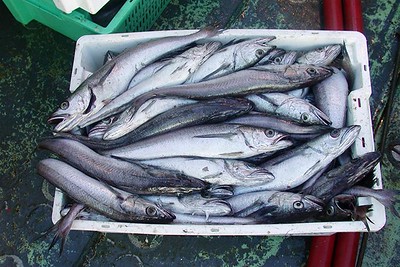
Steelhead are found in the very top layer of the oceanic waters. The IYS salmon cruises that have been sampling the open Pacific waters in the last handful of years have not caught any steelhead in their trawl surveys. They have encountered steelhead in the gill net surveys. Difference between the two is that the trawls occur near the surface, not actually at the surface like the gill nets. Very minor variability in the distribution of that species relative to other salmon in the marine environment, but we're talking about only a couple meters between the gill net and near-surface trawl surveys. Pretty incredible actually. So, thankfully this is not one of the fisheries impacting steelhead. Obviously a different story for Chinook.It's about time this came to a head......I wonder how many steelhead they catch?
